
NEW: Netless2 - functional Netless model, 2012
Netless3 workshop, Athens - wiki page
net-less. to be without the net. to not have an internet connection.
<Shinnosuke> Damn man, internet is so bad, I'm paying so much for a shit connection! If i keep this up... I'm gonna be broke!!* Shinnosuke kills himself.
<Person1> So? Noone cares.
<Shinnosuke> Ughh.. If I'm broke.. i cant pay for the internet! Get it?! Then I'll be netless! Then you have noone to diss!!!!
<Person1> stfu. Noone cares.
<Shinnosuke> AHHHH!! mofo!!!
netless. a digital network that is using city public transport as its information carrier. permission-less, distributed and friend-2-friend, netless is an independent communication tactic; invisible digital network that does not need wires or dedicated radio frequencies. alternative communication device that helps its users to avoid such controlled and observed space as the internet. free from governmentally owned medium channels (radio frequency ranges, emission power regulations), proprietary locked technologies and cable networks, netless stays Yours Truly.
netless is an anamorphic structure of nodes that is capable of holding some amounts of digital data. each node is a small, low-power wireless digital transponder. there is no permanent network connection. every time any node would appear in the vicinity of any other node - they would establish a wireless link and swap the data that was stored internally.
netless is [re|mis|ab] -using city transportation grid as its data backbone. nodes of the network are attached to city vehicles - trams, buses, taxis and possibly - pedestrians. information exchange between the nodes happens only when the carriers pass by each other in the city traffic. digital data switches its routes just the same way you'd switch from tram #2 to bus #5.
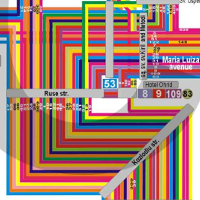
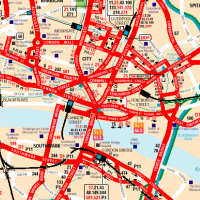
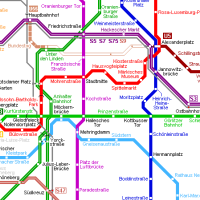
the similarities between city transportation maps and circuitry of modern networks are not accidental. their purposes are identical - to provide efficient transport flow between all the locations of the area they cover. routes are designed to match the necessary throughput without congesting at peak times.
so why not to use already existing city transportation network for digital data transfers?
netless nodes act as parts of automated 'sneaker' network, physically transporting the data and sharing it with all other nodes along the way.
in order to retrieve data, user must join netless by becoming a node and getting out to the city. surely, in a few hours the user node will retrieve complete contents of the network (for that particular period), which can be further filtered and deciphered.
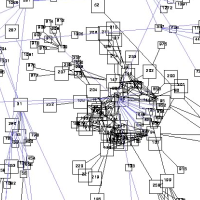
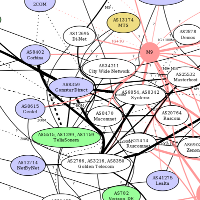

the principal of data gathering and distribution of netless is left intentionally primitive. any node tries to retrieve any new data available to it and pass it onto any other node. like this the entire network stays in sync, allowing new data to replace old one. each time a file is being transfered from node to node, the TTL (Time-To-Live) value of the file is decreased and once reached zero that file may be replaced by a new one.
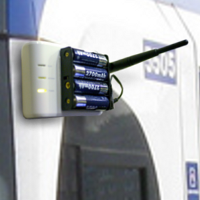
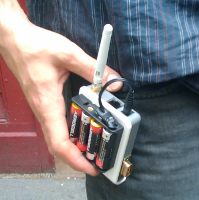
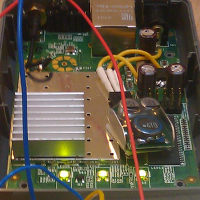
netless nodes are not meant to run on batteries*. they would retrieve energy from such 'natural' sources as machinery vibration, radio frequency static noise, audible and non-audible sounds and noises and solar power. in a well saturated city environment the netless network would be completely self-sustainable and capable of running on its own forever.
* although the prototype is battery-powered
keywords: permission-less, sneakernet, net-less, parasitic network, off-line data-sharing, city-net, WAN, othernet, decentralized, node-network, sneakernet, sensor-network, grassroots-network, wireless
